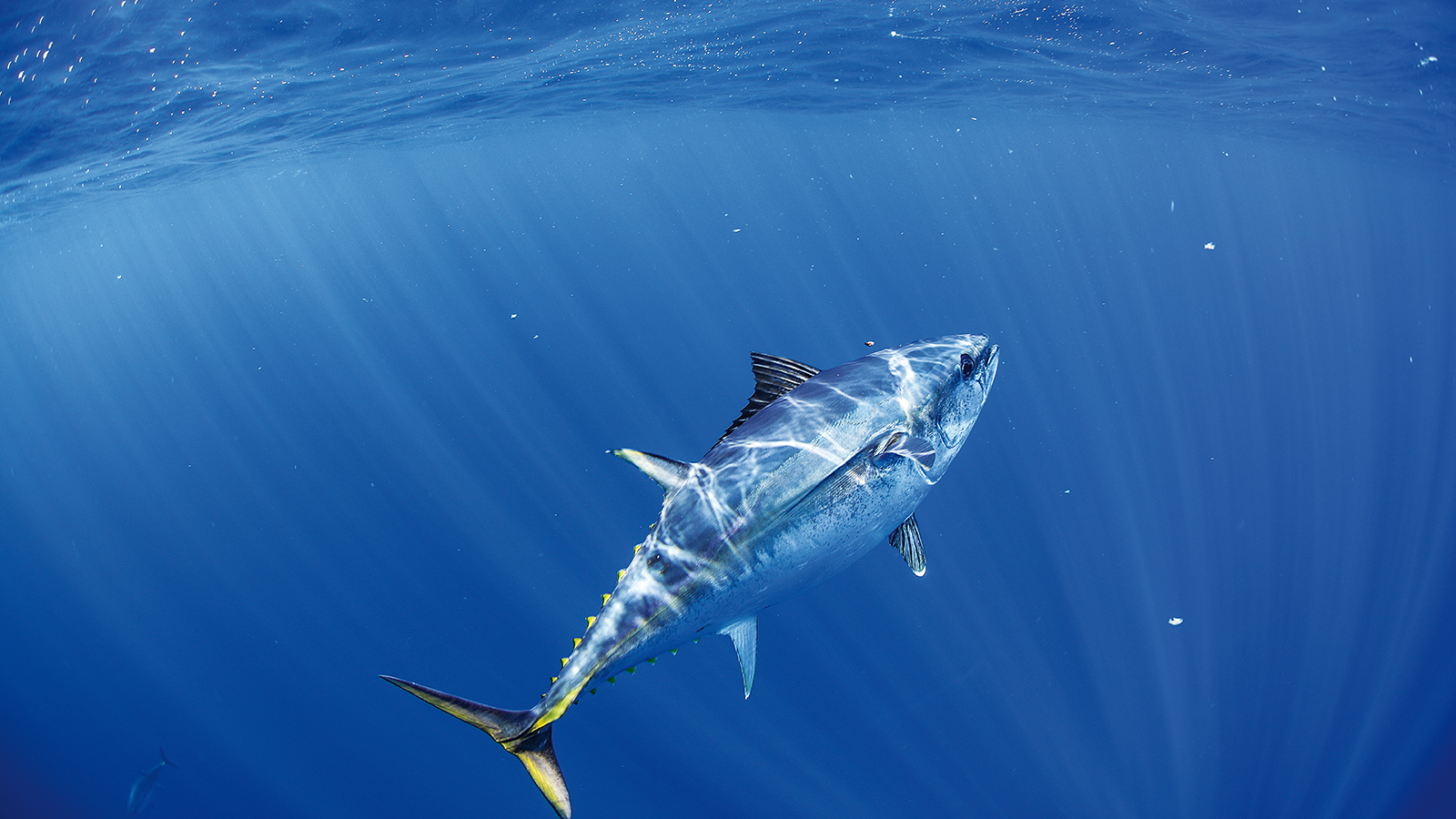There is a need for practical guidance on the formulation and articulation of DL harvest strategies that is tailored to the challenges of Australia's multi-species, -sector and -gear fisheries. Without explicit guidance as to how to: i) link HS components, ii) articulate their details and iii) formulate HS architecture, HS development for DL fisheries in Australia and elsewhere will likely be inconsistent among similar fishery types, further delayed, and potentially, with some being inappropriately specified, generate considerable risk of over-exploitation and failure to achieve objectives. Given that DL fisheries are far more numerous than data-rich fisheries in Australia, this risk extends across a broad range of stocks, stakeholders and ecosystems.
This project responds to the urgent need for guidance and directly addresses all aspects of the priority description. We will produce a Synthesis of DL fisheries characteristics, to identify the spectrum of complexities affecting HS development and outline the range of management approaches that may be used to address them (Objectives 1 and 2). From this should emerge fishery “archetypes”, defined as suites of complexities that are commonly observed together in DL fisheries, such as combinations of multi-species, sector, and gear types. Definition of these fishery “archetypes” will aid recognition of common scenarios in Australia and guide practitioners to HS design “templates” that will best address these, thereby expediting HS development.
We will produce a guide to the integration of HS components (i.e. their linkage, articulation and architecture), given the particular characteristics of a DL fishery. This will provide direct advice that will help break through the management impasse that often delays HS development and support effective and efficient development of DL HSs (Objective 3). Both the Synthesis and Guide were specified as deliverables in the priority description. The consideration of suitable target reference points for single species that are targeted by different sectors, which was also listed as a deliverable in the priority description, will be addressed in both the Synthesis and Guide. Limitations of HS development given specific DL fisheries characteristics will also be outlined, to avoid ‘over-engineering’ of HSs.
HSs that have already been successfully implemented for DL fisheries in Australia and elsewhere will be identified. These will help inform the development of HS design templates for the common fishery archetypes (Objective 4). Application of the HS development guide will be demonstrated in detail using case-study fisheries in Australia (Objective 5). Fisheries will be selected on the basis of their demonstrative value, specifically the type and range of their characteristics and the HS approaches proposed to address them. Potential characteristics include cross-jurisdictional management, which was specified for consideration in the priority description. This deliverable will link with Objective 1, whereby practitioners can identify examples of successful case studies whose fishery archetype most closely align with their own.
In addition to the deliverables specified in the priority description, we propose to undertake management strategy evaluation (MSE) of a candidate DL HS (Objective 6). An MSE model capable of incorporating the common DL fishery characteristics identified during earlier phases of the project would be used. MSE is critical for testing whether a proposed HS can meet its stated objectives, yet is notoriously difficult to execute on DL HSs because assessments are often empirical and involve relative indices rather than absolute metrics. Meaningful reference points are therefore difficult to define and may be linked to less prescriptive decision rules. MSE outputs would make a substantial contribution to the rigour of HS development and implementation for DL fisheries, improving stakeholder confidence in the outcome. MSE testing may also assist the continued improvement of DL harvest strategies by identifying key areas for investment of limited resources.
The guide, fishery archetypes, HS templates and MSE recommendations from the project will provide explicit, context-specific assistance for the development of DL HSs that acknowledges and suitably addresses both gaps in the currently available suite of tools and guidelines, and the spectrum of complexities associated with DL fisheries. In this way, the project will help operationalise the higher-level advice for DL fisheries contained within HS policies and the National Guidelines to Develop Fishery Harvest Strategies.





